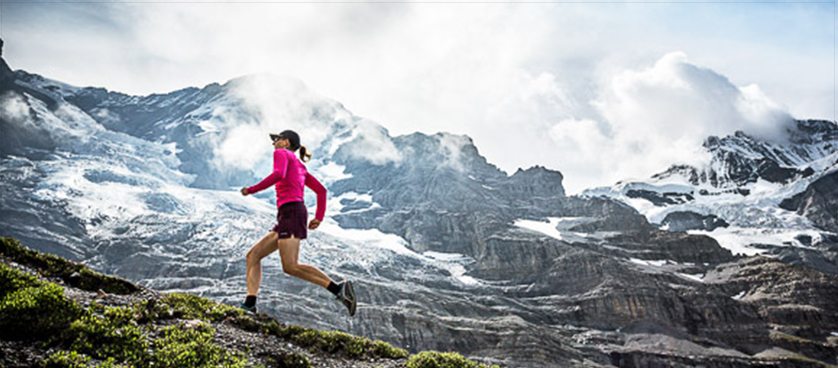Performance in trail running: It all starts in your shoes
Trail running differs from road running and track running, being a sport which consists of running and hiking long distances over trails, especially in mountainous terrain, implying a lot of ascends and descends.
Just like every other sport, it requires special equipment, as this has a great impact on your performance during the race. You cannot be at your best if you have to watch your every step in order not to twist your ankle or not to slip on a rock when you descend, for instance. This can only mean one thing: the shoes you wear in a competition like this are very important.
Trail-running shoes are different from road-running shoes, as they have to address two vital problems:
- Grip rugged terrain: they offer outsoles with deeper lugs, having also a more aggressive tread pattern which provides stability for the runner;
- Feet protection: they feature a stiffer stole to shield the feet from bruising that might occur because of the impact with the rocks and roots. Also, most trail running shoes include stiff, protective toe counters on the front in order to prevent toe injuries.
However, in spite of all this information, there are hundreds of models to choose from and this process can prove to be rather complicated, as you have to take into account several aspects regarding the shoes only, such as proper fitting, pronation, comfort, resistance, price and why not, aspect. Also, you might want to take a look at some external factors which also influence the choice: the type of race (length and difficulty), your fitness level, the type of terrain you are running onto and use (just for training, competition or both).
All these aspects can transform into a real headache. So, it would be useful to use some type of measurement when you plan to buy a new pair of shoes for your race. After all, your performance is at stake.
Key performance indicators provide a simple and measurable way to evaluate success in a company. But what if the market you operate on is represented by trail running races and your company is actually…you? Besides key performance indicators that would be useful for your training, it might also be a good idea to use some to help you ‘hire’ your ‘employees’ and measure their performance – here represented by your running shoes.
Maybe the following fictional key performance indicators would actually prove to be very useful, if they would be real:
- # Fit – takes into account your the feet size.
- # Safety – reveals how safe the running shoes are.
- # Comfort – measures the degree of comfort, by considering their flexibility, shock absorption and thermal conductivity.
- # Use frequency – shows how resistant the shoes are.
- # Price-quality ratio – measures the ratio between the price of the shoes and their quality, helping decide whether they are worth it or not.
To conclude, although this aspect may be overlooked by many people, it is very important, as your running shoes do impact you performance during the race. You may be in extraordinary shape, and yet have your shoes stumble you. It is up to you whether you want to be among the best or not. And this applies to every field and industry. Measuring and keeping track of your performance cannot only help you improve it, but turn it into excellence.
References:
Image Credits:
- PatitucciPhoto

Tags: KPI, KPI in Practice, Sports performance, Training and Nutrition






